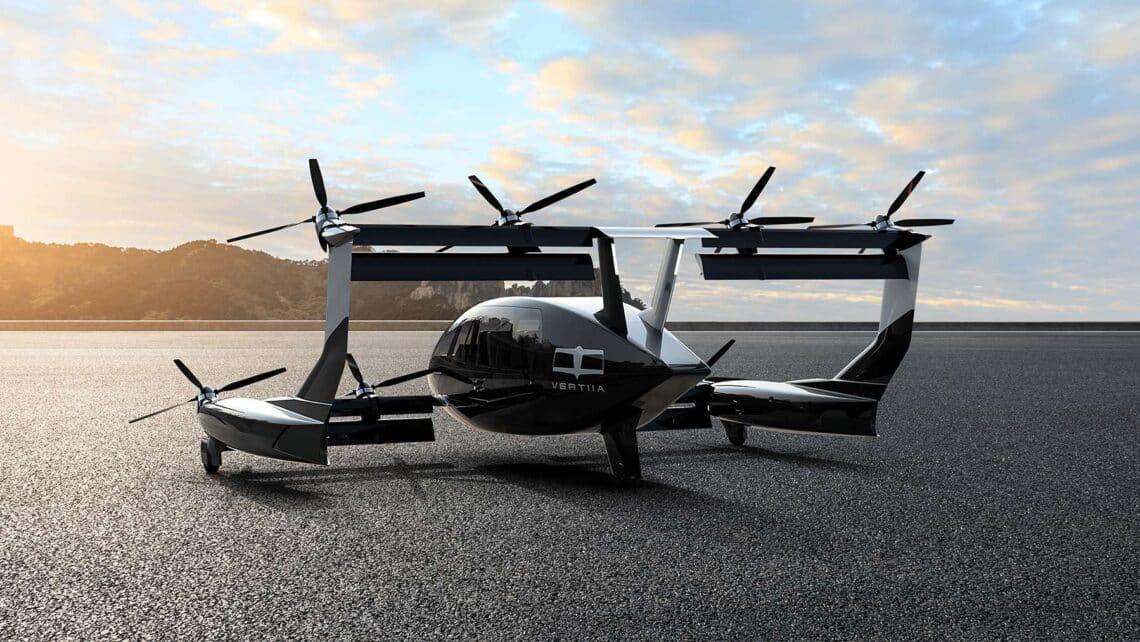|
Getting your Trinity Audio player ready...
|
A development in hydrogen power has shocked the world. The new design is inspired by F1 technology and is completely water-powered. The company responsible for the new eVTOL or “electric vertical takeoff or landing” aircraft is Australian based ASML Aero. The design is revolutionary in that it makes huge strides forward in the hydrogen fuel cell technology. With the world becoming ever-more cautious of electric vehicles, a shift has been noticed in the market to find an alternative power solution. Can this new eVTOL be that solution?
Featuring technology from F1 cars, the new eVTOL can change the hydrogen fuel cell for the better.
The main problem that has always plagued the advancement in engine technology was how to keep the engine cool during usage. The temperatures experienced in the engine bay are extreme. So it only seemed natural for F1 technology to find its way into engine production. The new design is still in its infancy as the company stated recently that they just completed phase one of the project. Development.
Next comes actually seeing if they can produce a prototype that works. Whenever advancements in engine technology such as this happen, it more likely than not feature a partnership of some kind. The same can be found here. With ASML Aero partnering with Conflux Technology to produce the new design. Conflux Technology have been working in the F1 arena for some time now.
They are responsible for the technology that cools the engines of the F1 cars, Now, they have found a practical application for their technology on a more public scale. The new design cools the hydrogen fuel cell during take-off, flight, and landing. The points were the most heat are experienced. This has been a sticking point for the long term application of hydrogen fuel cell technology.
How long will it be before the new technology can be used in an eVTOL?
With the end of phase one, the company stated that the initial plans seemed positive. They were able to design the concept for practical use in eVTOL’s. Admittingly, the use of eVTOL is basically just for the super rich at the moment. With eVTOL’s being referred to as “Air-Taxis” for the public’s sake, the technology still has some way to go. Keep in mind that this is only the beginning of phase 2.
But with the worlds automotive market focused on alternative power, hydrogen fuel cells have fallen behind, at least with regards to investment. The emergence of EV’s put a halt to the advancement of the hydrogen fuel cell, which 20 years ago was seen as the future of personal transport before the rise of Tesla and others. The appeal of an EV took the world by storm.
So the hydrogen fuel cell took a seat in the back while the world was focused on the amazing value offered by EV’s. But thanks to companies like ASML Aero and Conflux Technology, the technology was not left to die, but slowly matured into actual, practical designs that can now be seen as a new alternative to the volatile nature of the EV sector.
Will hydrogen be the fuel of the future? Can it solve the energy crisis?
We are all fully aware that the planet’s reliance on fossil fuels is not sustainable. Protests appear nearly everyday demanding a more sustainable future be found by the world’s governments. While the world’s car manufacturers commit to their futures, at least someone has not forgotten about the hydrogen fuel cell and the potential upsides to the technology. So can we see this engine in an eVTOL soon? The answer is apparently yes. With its F1 technology and zero-emissions, the new engine from AMSL Aero has the world’s attention at least.


